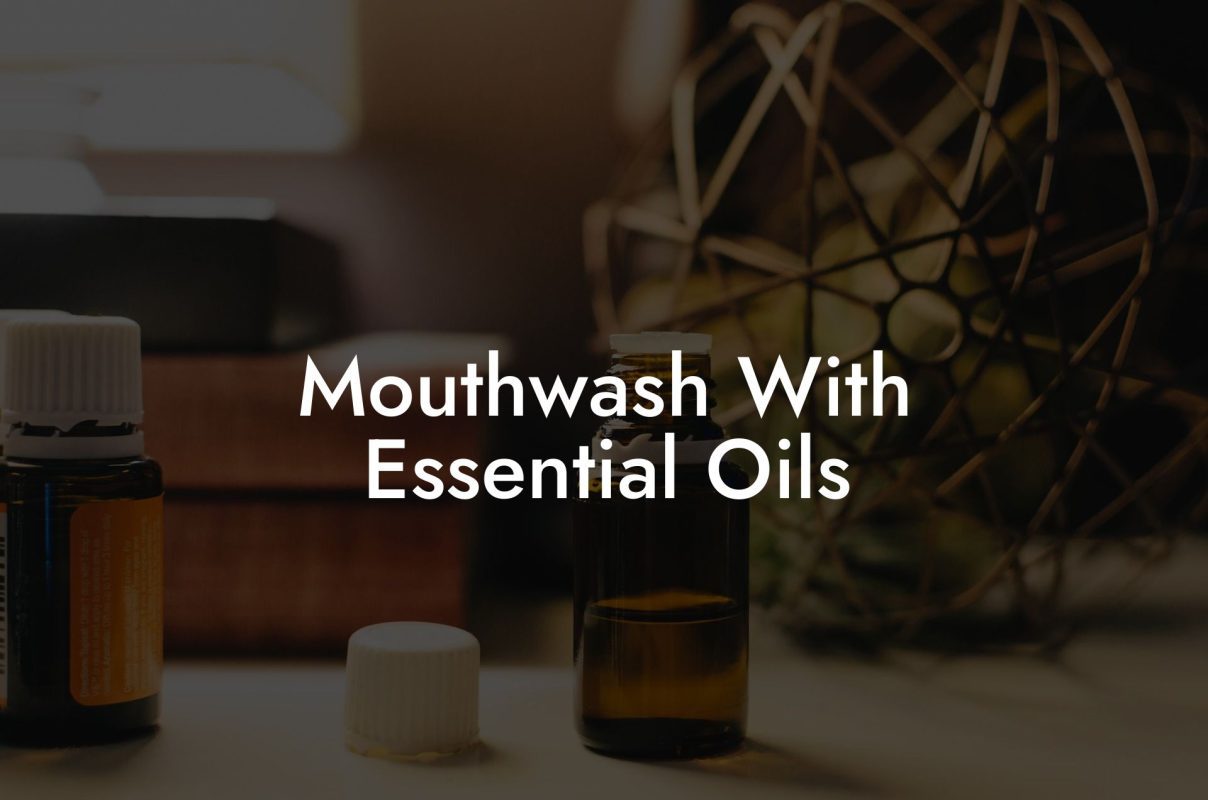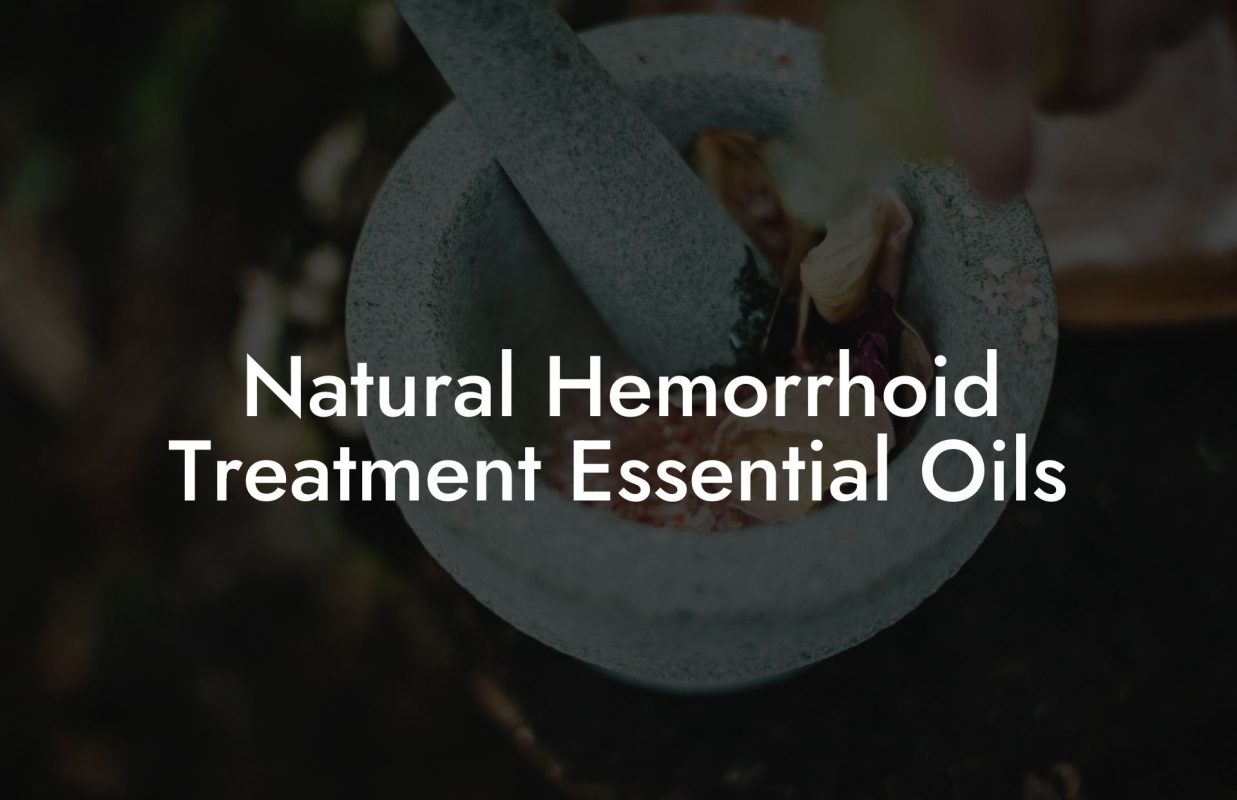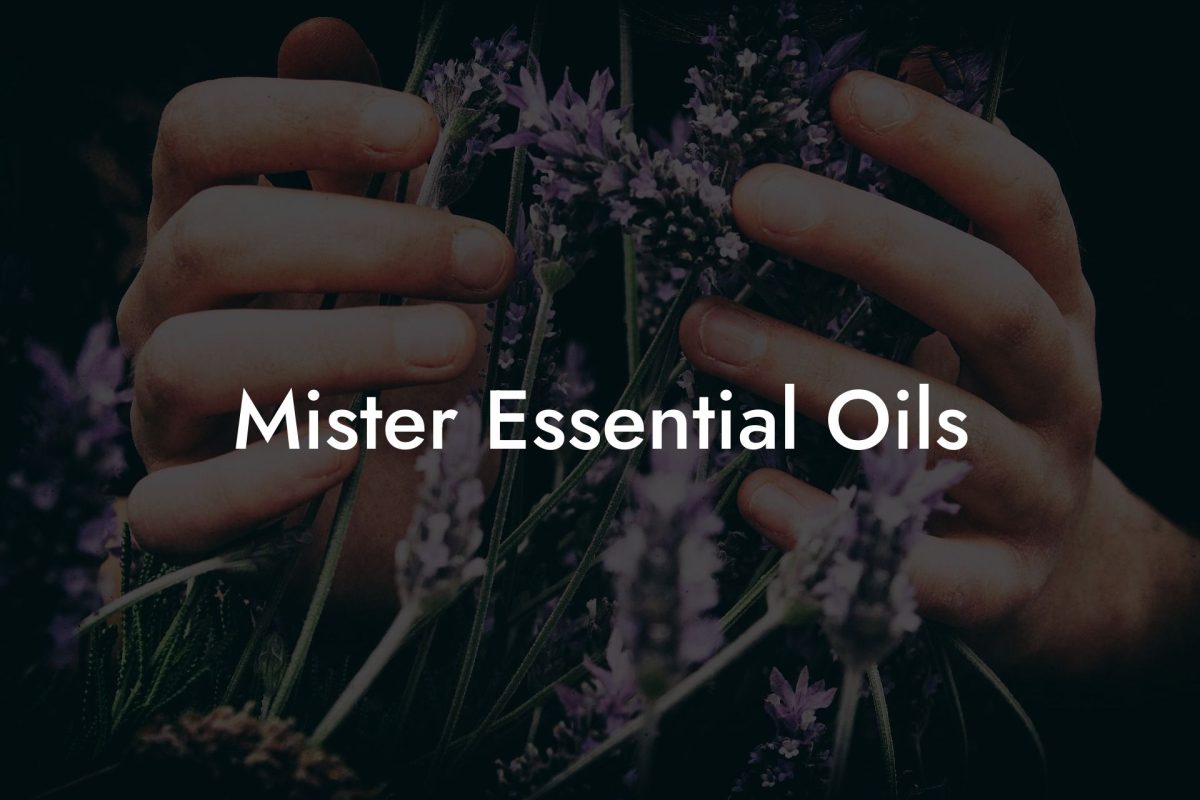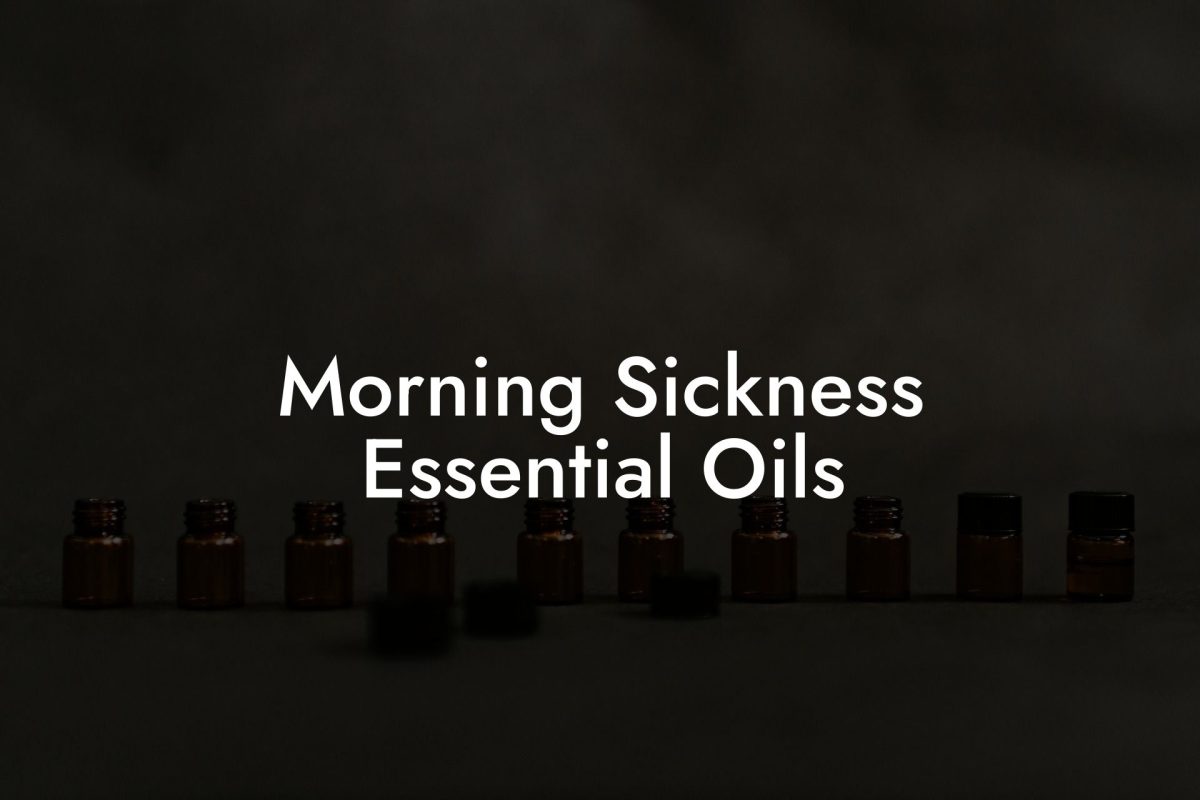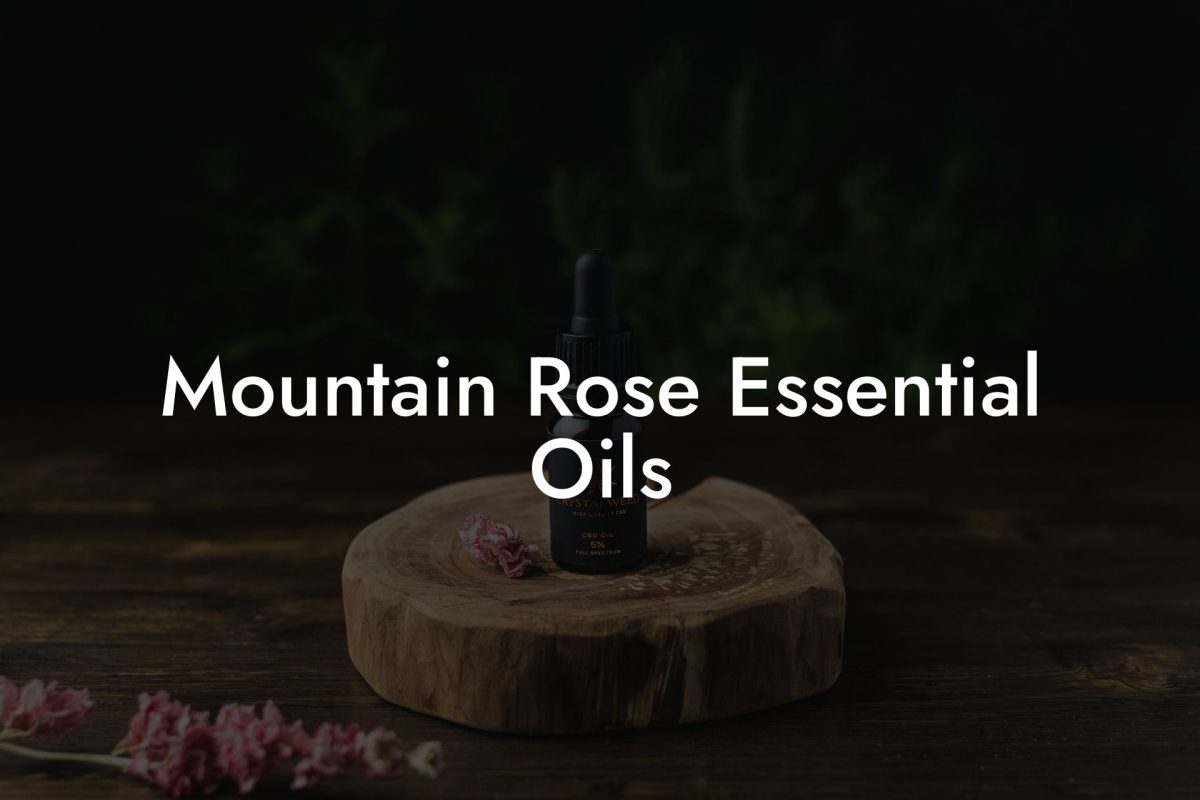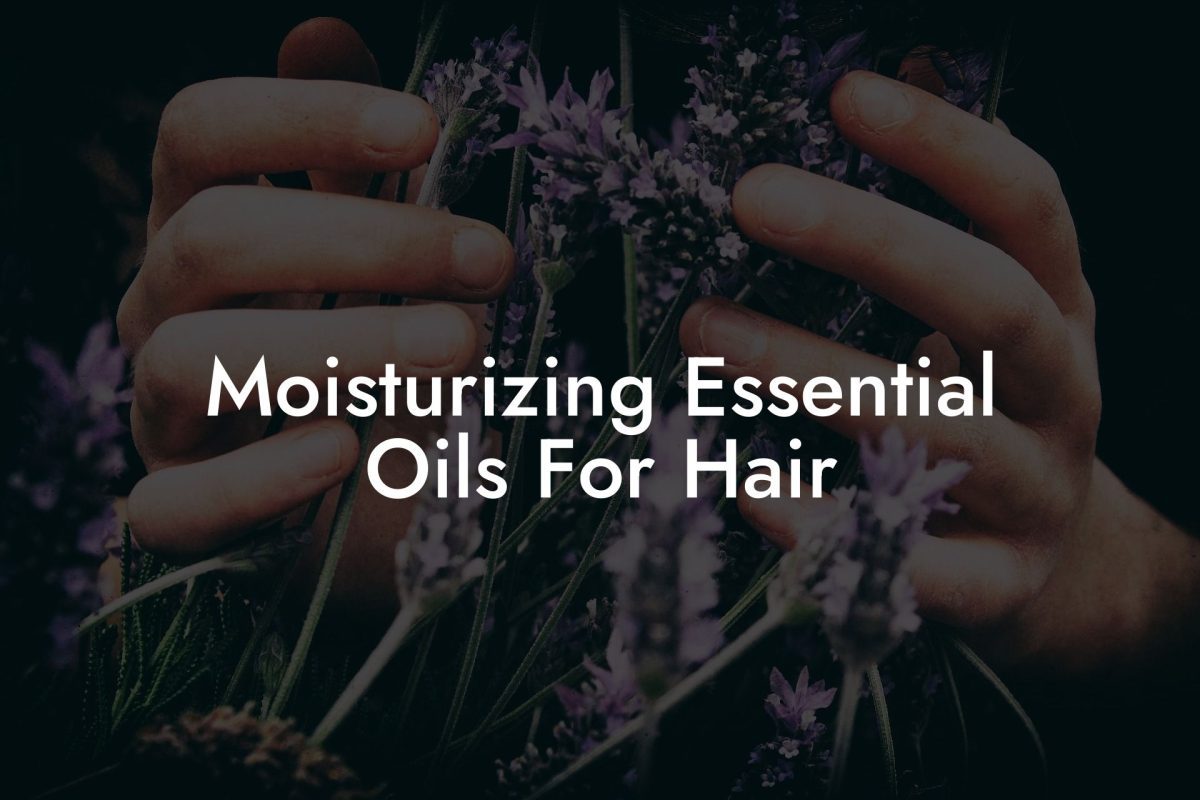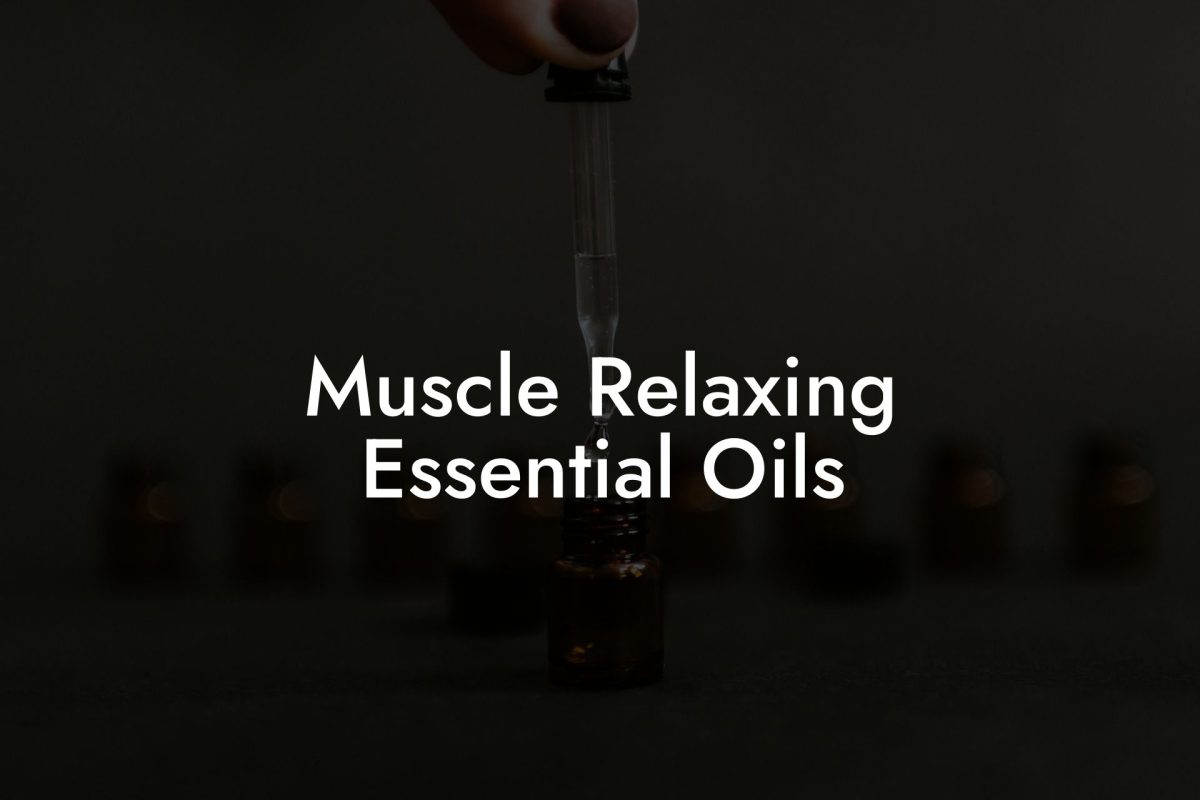Bee stings can be painful and, in some cases, even dangerous. But did you know that essential oils can offer quick relief and aid in the healing process? In this post, we’ll explore the best essential oils to use for bee stings, as well as dive into the science behind their effectiveness. Let’s begin our journey into the world of natural remedies and aromacology, brought to you by Oshu Oils!
Table of Contents
Why Essential Oils for Bee Stings?
Essential oils are natural compounds derived from plants that offer a wide range of therapeutic benefits, including anti-inflammatory, analgesic (pain-relieving), antihistamine, and antimicrobial properties. These properties make certain essential oils perfect for treating bee stings and its associated symptoms.
Top Essential Oils for Bee Stings
We have compiled a list of the best essential oils known for their effectiveness in treating bee stings:
-
Lavender Oil
-
Tea Tree Oil
-
Roman Chamomile
-
Peppermint Oil
-
Eucalyptus Oil
Lavender is famous for its calming and soothing effects. Additionally, it has powerful anti-inflammatory and analgesic properties, making it an excellent choice for reducing pain and swelling associated with bee stings.
Tea tree oil is known for its antiseptic and anti-inflammatory properties. Applying diluted tea tree oil to a bee sting can help prevent infection and reduce inflammation.
Roman Chamomile is a gentle yet potent anti-inflammatory oil that can help alleviate pain and swelling. It’s perfect for treating bee stings, especially for those with sensitive skin.
Peppermint oil offers cooling and pain-relieving effects due to its high menthol content. Applying it to a bee sting can also help reduce itching and swelling.
Eucalyptus oil is known for its natural analgesic and anti-inflammatory properties. It’s ideal for soothing pain and reducing swelling that often accompanies bee stings.
How to Use Essential Oils for Bee Stings
It’s crucial to remember that essential oils should always be diluted before direct skin application, as using them undiluted can cause skin irritation. Follow these simple steps to safely use essential oils for treating bee stings:
- Remove the bee stinger, if still present, by gently scraping it off with a credit card or similar flat-edged object.
- Clean the affected area with soap and water.
- Dilute your chosen essential oil with a carrier oil (such as coconut or almond oil) by adding 2-3 drops of essential oil to a teaspoon of carrier oil.
- Gently apply the diluted oil to the bee sting area and massage it into the skin for a few seconds.
- Reapply every few hours, as needed, to soothe pain and reduce swelling.
What Essential Oils Are Good For Bee Stings Example:
Imagine you’re enjoying a lovely picnic in the park when suddenly an uninvited guest – a bee – decides to join the party and stings your arm. Worried about the pain and potential swelling, you reach for your essential oils kit that you’ve packed in your bag.
You diluted a few drops of lavender oil with a carrier oil, like almond oil, and apply it to the affected area. Within minutes, you start to feel the soothing and calming effects of the oil, and the inflammation begins to subside. Encouraged by this result, you continue applying the mixture every few hours, significantly reducing the pain and helping your body heal from the bee sting.
Bee stings can certainly put a damper on any outdoor adventure, but with the power of essential oils, you have a natural and effective remedy at hand. Oshu Oils is committed to helping you live a balanced life, armed with knowledge about essential oils and their myriad uses. We hope this guide has been helpful and informative, and we encourage you to share it with others who may benefit from this information.
Explore more valuable tips and information on essential oils by browsing our blog and discover our range of essential oils to take control of your wellbeing. Happy healing from all of us at Oshu Oils!


